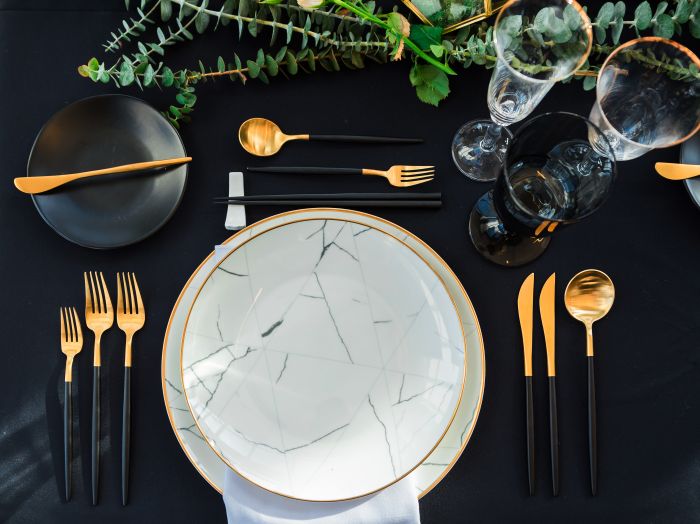
The new gamer is a marketer's dream. She's smart, savvy and she controls the spending. Mobile games may have been the exclusive purview of spotty teenage boys once upon a time but gaming is growing up, and now it's women behind the controls. Statistics recently published by the Entertainment Software Association show that adult women now make up the largest video game playing demographic in the US. Women also control the majority of the wealth in this country – a not so insignificant detail when you consider the rise of luxury fashion and lifestyle games with integrated brand placement.
Coincidence? Likely not. Traditionally, women have proven more receptive to advertising and mobile advertising is no exception. The Shullman Research Center, a luxury consultancy, found that games are more popular than fitness or investing apps among affluent users, and affluent women have no qualms about clicking through when they see their favorite brands.
That goes a long way toward explaining why game developers are finally scoping out this flush new demo. Up until recently, games that weren't for guys were for girls – as in, little girls, with cartoon characters, bubbly game play and an approach to fun that was decidedly flighty. These kinds of titles held little appeal for single, independent women and consequently, didn't have much to offer marketers.
In a way it makes sense that grownup women weren't a high profile demo when mobile designers were working to build games on platforms that were lagging behind console and computer technologies. And then everything changed. The release of Snapdragon's sleek mobile processors along with other hardcore hardware enhancements supported the kind of rich real-life graphics that made the development of games like CrowdStar's hugely popular Covet Fashion possible. Its lush, realistic graphics include pieces from 150 fashion brands and designers including CBG Max Azria, Rebecca Minkoff, Kara Ross and Rachel Zoe. Players have a gorgeous wardrobe from which to build outfits that are rated by the Covet Fashion community.
Sharable virtual closets may seem quaint when compared with some of the high-powered mobile game titles on the market but it turns out that today's gamer loves all things luxe. Chanel, Bottega Veneta, Lanvin, Tom Binns and Kara Ross help make games like Fashion Eye exciting to the point of being addictive. Analytics suggest that players play high-end fashion games longer than other titles – and are more likely to buy the brands they engage with in those games.
“For luxury brands, virtual interaction taps into the power of aspiration," John McCrea, chief marketing officer of MediaSpike, a company that places luxury products in games and whose founder, told the Financial Times. "What we do in virtual worlds reflects and influences our intentions in the real world.”
There's definitely an opportunity here for game developers, luxury brands and marketers to tap into the growing buying power of women in a big way, but only if they're willing to cater to women's tastes. Covet Fashion's success is proof that women with resources want to play games and do when developers release exceptionally good looking, realistic titles that are rich, positive and fun.
As for brand integration in mobile games specifically targeting women, it's win-win-win. Mobile game developers have something to offer players who are receptive to high-end brand messaging and want to treat themselves. Brands get exposure that's not only far reaching but also highly engaging. And we, the gamers? We get a fun insider's view of fashion, accessories and other luxury goods without ever having to look up from our phones.














